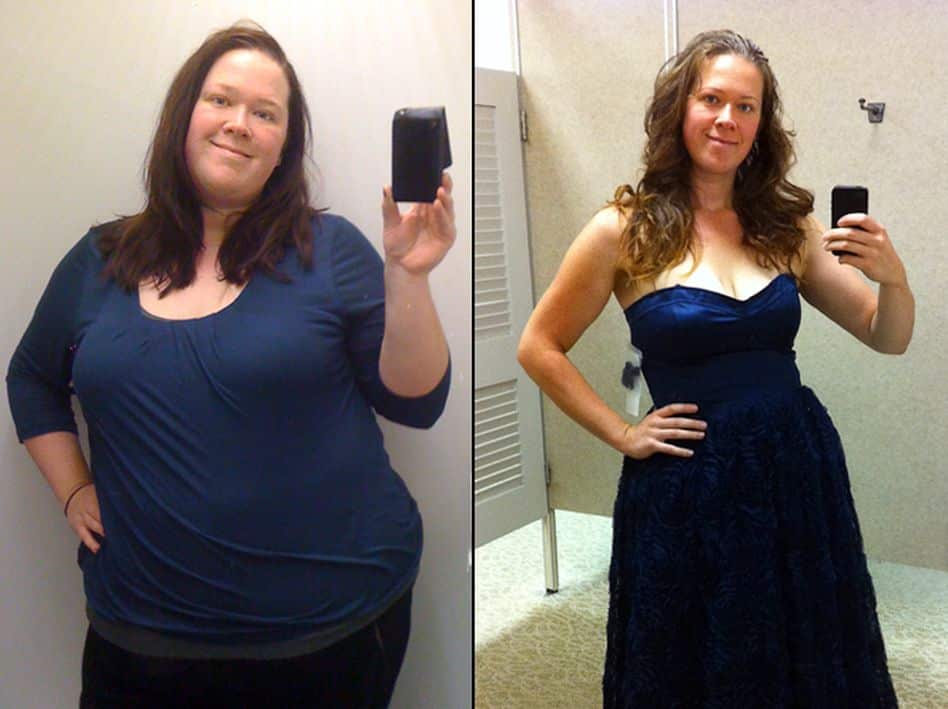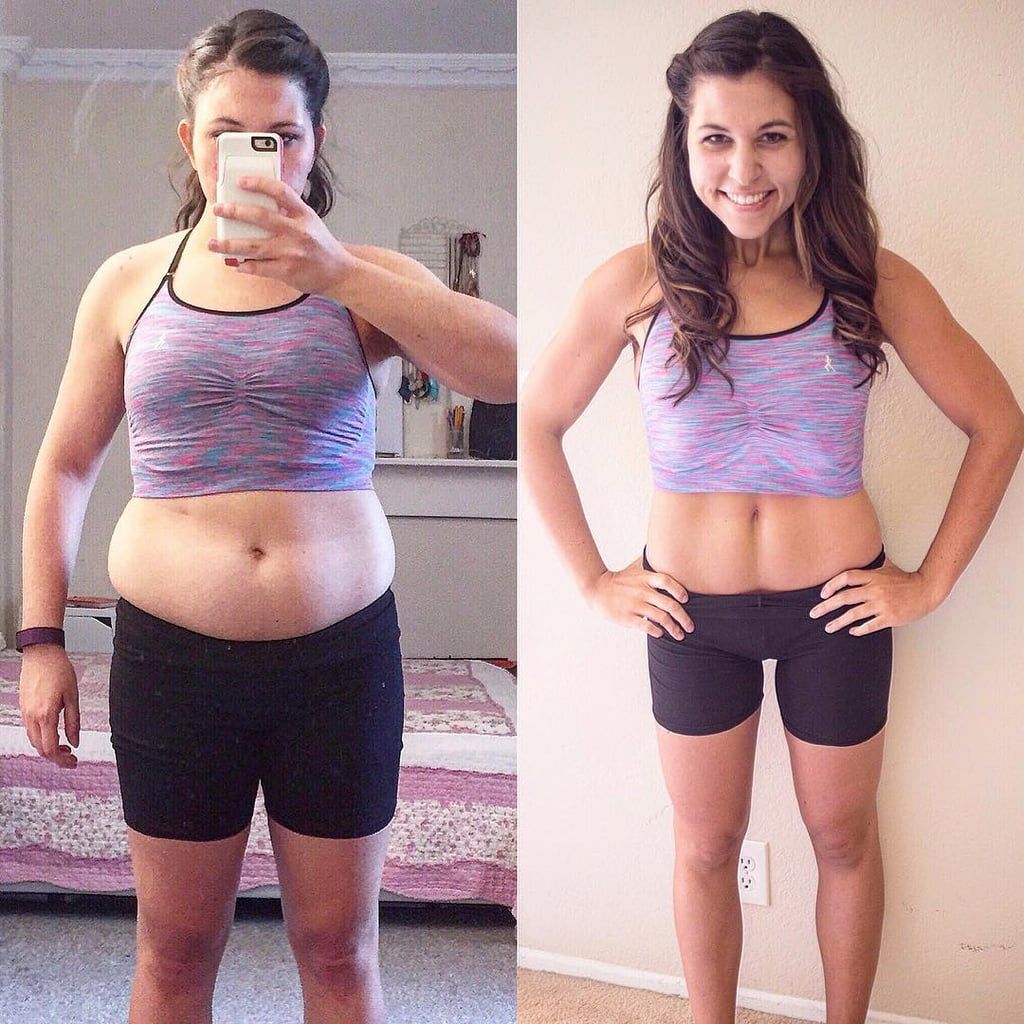Introduction
Where To Start On A Weight Loss Journey: Embarking on a weight loss journey is a significant and often life-changing decision that can lead to improved health, increased confidence, and a higher quality of life. However, knowing where to start on this path can be overwhelming. With countless diets, exercise routines, and advice circulating, it’s easy to feel lost in a sea of information. Fortunately, finding your starting point doesn’t have to be a daunting task. In this guide, we will explore the essential steps and considerations to help you kickstart your weight loss journey successfully. Whether you’re taking your first steps towards a healthier lifestyle or looking to reinvigorate a stalled journey, this introduction will provide you with the guidance and motivation to get started on the right foot. Remember, your weight loss journey is unique to you, and with the right knowledge and determination, you can achieve your goals and transform your life.
Consider joining a weight loss group or seeking support from friends and family. Having a support system can provide motivation and encouragement during your journey. Weight loss can be a gradual process, so celebrate your achievements along the way. Whether it’s fitting into a smaller clothing size or reaching a fitness milestone, acknowledging your progress can boost motivation.
Remember that weight loss takes time, and setbacks are a normal part of the journey. Stay patient, stay focused on your goals, and don’t be discouraged by occasional plateaus or setbacks. Starting a weight loss journey can be challenging, but with dedication, knowledge, and a sensible approach, you can achieve your weight loss goals and experience the positive changes that come with it.

Where is the best place to start losing weight?
However, generally speaking, people tend to lose weight in their face and neck first. When it comes to weight loss, facial and neck fat is typically the first area to experience noticeable reductions. This is because these regions tend to be the most sensitive and react positively to even a small amount of weight loss.
Self-Assessment and Goal Setting
The first step in your weight loss journey should be a thorough self-assessment. Reflect on your current lifestyle, habits, and motivations for losing weight. Consider your weight loss goals, whether they are focused on a specific number on the scale, improved fitness, or better health. Setting clear and realistic goals is essential as it provides direction and motivation for your journey.
Consult a Healthcare Professional
Before making any drastic changes to your diet or exercise routine, it’s advisable to consult a healthcare professional. A doctor or registered dietitian can help you understand your current health status, identify any underlying medical conditions, and provide personalized guidance on how to approach weight loss safely.
Nutrition: The Foundation of Weight Loss
Nutrition plays a fundamental role in weight loss. Start by evaluating your current eating habits and identifying areas that need improvement. Focus on incorporating more whole foods such as fruits, vegetables, lean proteins, and whole grains into your diet. Reduce or eliminate processed foods, sugary beverages, and excessive calorie intake. Portion control is also crucial, as it helps you manage your calorie intake effectively.
Mindful Eating
Practicing mindful eating is an effective strategy for weight loss. This involves paying close attention to your eating habits, savoring each bite, and listening to your body’s hunger and fullness cues. Avoid distractions while eating, such as watching TV or using your phone, as these can lead to overeating.
Where is the hardest place to lose fat?
As against areas such as legs, face and arms, our stomach and abdominal regions possess beta cells that makes it difficult to reduce the fats easily and lose weight in these areas. However, as per research, belly fat is the most difficult to lose as the fat there is so much harder to break down.
Abdominal Fat
The abdomen is often considered one of the most challenging areas to shed excess fat. This is because the abdominal region tends to accumulate visceral fat, which surrounds internal organs and can be particularly stubborn. Visceral fat is associated with various health risks, including heart disease and diabetes. To target abdominal fat, a combination of dietary modifications, overall fat loss, and core-strengthening exercises is key.
Love Handles and Lower Back Fat
Love handles, also known as flank or oblique fat, can be stubborn for both men and women. These areas are notorious for holding onto excess fat. Incorporating exercises that engage the oblique muscles, such as side planks and Russian twists, alongside a well-balanced diet and cardiovascular exercise, can help reduce love handles and lower back fat.
Thigh Fat
Thigh fat, especially in the inner thigh area, is often a concern, particularly for women. The tendency to store fat in the thighs is influenced by genetics and hormonal factors. While spot reduction is not possible, targeted leg exercises like squats, lunges, and leg lifts can help tone and strengthen the thigh muscles, creating a more sculpted appearance.
Arm Fat
Flabby arms can be a source of frustration for many people. Genetics and age can influence the accumulation of fat in the upper arms. Resistance training that targets the triceps and biceps can help build lean muscle and reduce the appearance of arm fat. Additionally, overall fat loss through diet and cardiovascular exercise is essential.
Where is the hardest place to lose weight?
The abdomen is one of the most stubborn areas for fat and can be challenging to reduce. There are many reasons for this. First, abdominal fat tends to be more visceral than subcutaneous (or “belly” fat). This means it’s located more profoundly in your body, around internal organs such as your liver and kidneys.
Abdominal Fat
The abdominal area, particularly the lower belly, is often considered one of the most challenging places to lose weight. It’s a common problem area for both men and women. Belly fat can be stubborn due to various factors, including genetics, hormones, and lifestyle choices. This type of fat, known as visceral fat, tends to accumulate around the abdominal organs and can be linked to health issues like insulin resistance and heart disease. To tackle abdominal fat, a combination of cardiovascular exercise, strength training, and a balanced diet is crucial.
Love Handles
Love handles, those pockets of fat around the sides of the waist, can be quite persistent. They’re often an area of concern for those striving for a more sculpted midsection. To address love handles, you should focus on reducing overall body fat through calorie control and cardiovascular workouts while incorporating exercises that engage the oblique muscles.
Thighs and Hips
The hips and thighs are notorious for holding onto fat, especially in women. Genetics play a significant role in determining where your body stores fat, and for many, the lower body is a preferred storage site. Targeted exercises such as squats, lunges, and leg lifts can help tone the thigh and hip muscles but won’t necessarily spot reduce fat. Consistent aerobic exercise and a well-rounded diet are essential for overall weight loss in these areas.
Upper Arms
Flabby upper arms, often referred to as “bat wings,” can be a source of frustration for many people. Genetics, age, and muscle loss all contribute to this concern. Strength training exercises that specifically target the triceps can help tighten and tone the arms. However, remember that spot reduction isn’t effective, so overall fat loss through diet and exercise remains essential.
Which body part is easy to lose fat?
Mostly, losing weight is an internal process. You will first lose hard fat that surrounds your organs like liver, kidneys and then you will start to lose soft fat like waistline and thigh fat. The fat loss from around the organs makes you leaner and stronger.
Face and Neck
The face and neck are often the first areas to show noticeable changes when you embark on a weight loss journey. This is because facial fat is generally less dense compared to fat stored in other areas of the body. As you lose weight, you may notice a slimmer face and a more defined jawline relatively early in your weight loss process.
Arms
The arms, particularly the upper arms, can also respond relatively quickly to fat loss efforts. When you engage in strength training exercises that target the arm muscles, you not only build lean muscle but also burn calories, which contributes to fat loss. Regular resistance training combined with a balanced diet can help you achieve toned and slender arms.
Breasts
Breast tissue contains a combination of fatty tissue and glandular tissue. In some cases, when women lose weight, they may experience a reduction in breast size, as fat stored in the breast area decreases. However, the degree of breast size reduction varies from person to person, and genetics play a significant role.
Lower Abdomen and Hips
While the lower abdominal region can be stubborn for some individuals, it often responds well to targeted fat loss efforts. Cardiovascular exercises like jogging, swimming, or cycling can help reduce overall body fat, including fat in the lower abdomen and hip area. Additionally, exercises like leg lifts and planks can strengthen the core muscles, providing a more toned appearance.
Which body type is hard to lose fat?
If you have the endomorph body type, you know it’s easy to gain weight but hard to lose it and build muscle. Special diet and workout plans can help you achieve optimum health and fitness.
Endomorph Body Type
Endomorphs are often characterized by a higher percentage of body fat and a tendency to gain weight easily. They typically have a rounder or softer appearance and tend to store fat more readily, especially in the abdominal area. For endomorphs, losing fat can be challenging due to a slower metabolism and a propensity to store excess calories as fat. However, it’s important to note that with the right approach, endomorphs can achieve significant fat loss through a combination of a well-balanced diet, regular exercise, and patience.
Mesomorph Body Type
Mesomorphs are often described as having a naturally athletic or muscular build. They tend to gain muscle and lose fat relatively easily compared to other body types. Mesomorphs have a metabolic advantage, making it easier for them to maintain or achieve a lean physique. While they may not face as many challenges when it comes to fat loss, they still need to adhere to healthy lifestyle habits to maintain their desired body composition.
Ectomorph Body Type
Ectomorphs are characterized by a slender, lean physique with minimal body fat. They often have a fast metabolism and struggle to gain both muscle and fat. While it may seem that ectomorphs have an advantage in terms of fat loss, they can face difficulties in building muscle mass and achieving a more sculpted appearance. For ectomorphs looking to lose fat, a balanced approach involving both cardiovascular exercise and strength training is essential.
What type of fat is hardest to lose?
When excess visceral fat is burned, the body then begins tackling excess subcutaneous fat. Unfortunately, subcutaneous fat is harder to lose. Subcutaneous fat is more visible, but it takes more effort to lose because of the function it serves in your body.
Visceral Fat
Visceral fat, often referred to as “belly fat” or “deep fat,” is one of the most stubborn types of fat to lose. This fat accumulates around internal organs in the abdominal cavity and can be associated with various health risks, including heart disease, diabetes, and hypertension. Visceral fat is resistant to typical spot reduction methods and requires a comprehensive approach to fat loss, including a healthy diet, regular exercise, and stress management.
Subcutaneous Fat
Subcutaneous fat is the fat stored directly under the skin. While it’s not as dangerous as visceral fat from a health perspective, it can be difficult to lose, particularly in certain areas like the thighs, buttocks, and hips. Subcutaneous fat often varies among individuals due to genetics, hormones, and gender differences. Targeted exercise and overall fat loss strategies are essential for reducing subcutaneous fat.
Brown Fat
Brown fat, also known as brown adipose tissue (BAT), is a type of fat that burns calories to generate heat. Unlike white fat, which stores calories, brown fat helps regulate body temperature and may contribute to weight loss. However, brown fat is primarily found in small amounts in adults, mostly around the neck and upper back, making it challenging to target for significant fat loss.
Lower Body Fat
For many individuals, fat storage in the lower body, particularly the hips and thighs, can be resistant to fat loss efforts. This is often influenced by genetics and hormones, with women typically having a greater tendency to store fat in these areas. To address lower body fat, a combination of cardiovascular exercise, strength training, and a balanced diet is necessary.
Who has the most weight loss in the world?
The most weight lost in a lifetime by a male is 2,268 kg (5,000 lb; 357 st; 2.2 tonnes) achieved by Michael Hebranko (USA).
Jared Fogle: Jared is perhaps one of the most famous weight loss success stories due to his association with Subway’s advertising campaign. He claimed to have lost a significant amount of weight by incorporating Subway sandwiches into his diet. While his story inspired many, it later faced controversy due to his legal troubles.
Pauline Potter: In 2011, Pauline Potter made headlines for being recognized by the Guinness World Records as the heaviest living woman. She subsequently embarked on a weight loss journey with the help of a personal trainer and medical professionals, which resulted in significant weight loss.
Manuel Uribe: Manuel Uribe, a Mexican man, was once considered the heaviest person in the world, weighing over 1,230 pounds (560 kilograms) at his peak. He gained international attention and support as he worked towards losing weight. His story was featured in documentaries and news reports before his passing in 2014.
Ethan Taylor: In 2018, Ethan Taylor’s weight loss journey went viral on social media. He documented his progress on platforms like Instagram, where he shared his transformation from being morbidly obese to achieving a healthier weight through diet and exercise.
Reality TV Shows: Numerous reality TV shows, such as “The Biggest Loser,” have showcased individuals with significant weight loss achievements. Contestants on these shows undergo intense training and lifestyle changes under the guidance of trainers and medical professionals.
What does fat in urine look like?
Little white or yellowish droplets are the telltale sign of fat in the urine. Droplets can sometimes take on a spherical shape when seen through a microscope.
Microscopic Fat: In most cases, fat in the urine is microscopic, which means it cannot be seen with the naked eye. Instead, it requires specialized laboratory tests to detect. This type of fat is known as “microscopic lipiduria.”
Cloudy Urine: In some instances, high levels of fat in the urine can make the urine appear cloudy or milky. However, even when urine appears cloudy, it may still require laboratory testing to confirm the presence of fat.
Causes: Fat in the urine can result from various medical conditions, including nephrotic syndrome, a kidney disorder that affects the filtration of proteins, including lipoproteins. Other potential causes include diabetes, obesity, certain medications, and metabolic disorders.
Testing: To confirm the presence of fat in the urine and determine its cause, a healthcare provider will typically order a urine test, such as a urinalysis or a 24-hour urine collection. These tests can detect the presence of lipids or lipoproteins in the urine and help diagnose the underlying condition.
Symptoms: Lipiduria itself does not usually cause specific symptoms. Instead, it is a sign of an underlying medical problem. The symptoms experienced will depend on the underlying condition causing the lipiduria.
Treatment: The treatment of lipiduria involves addressing the underlying condition that is causing the fat to appear in the urine. For example, if nephrotic syndrome is the cause, treatment may involve medications to reduce protein leakage from the kidneys. Treatment will vary based on the specific diagnosis.

Conclusion
Embarking on a weight loss journey is a significant step towards improving your health and well-being. While the road ahead may seem daunting, it’s important to remember that with the right approach and determination, you can achieve your goals and transform your life for the better. By setting clear and realistic goals, consulting healthcare professionals, adopting a balanced diet, incorporating regular exercise, and maintaining consistency, you can lay a strong foundation for a successful weight loss journey.
It’s crucial to approach your journey with patience and resilience, as weight loss is a gradual process that may come with its fair share of challenges. Along the way, celebrate your small victories, seek support from friends and family, and never forget that your health and well-being are worth the effort.
Ultimately, where you start on your weight loss journey is just the beginning of a path towards a healthier, happier you. Embrace the process, stay focused on your goals, and believe in your ability to achieve lasting change. Your journey may have its twists and turns, but with determination and the right tools, you can create a brighter, healthier future for yourself. So, take that first step today, and may your weight loss journey be filled with success and fulfillment.

